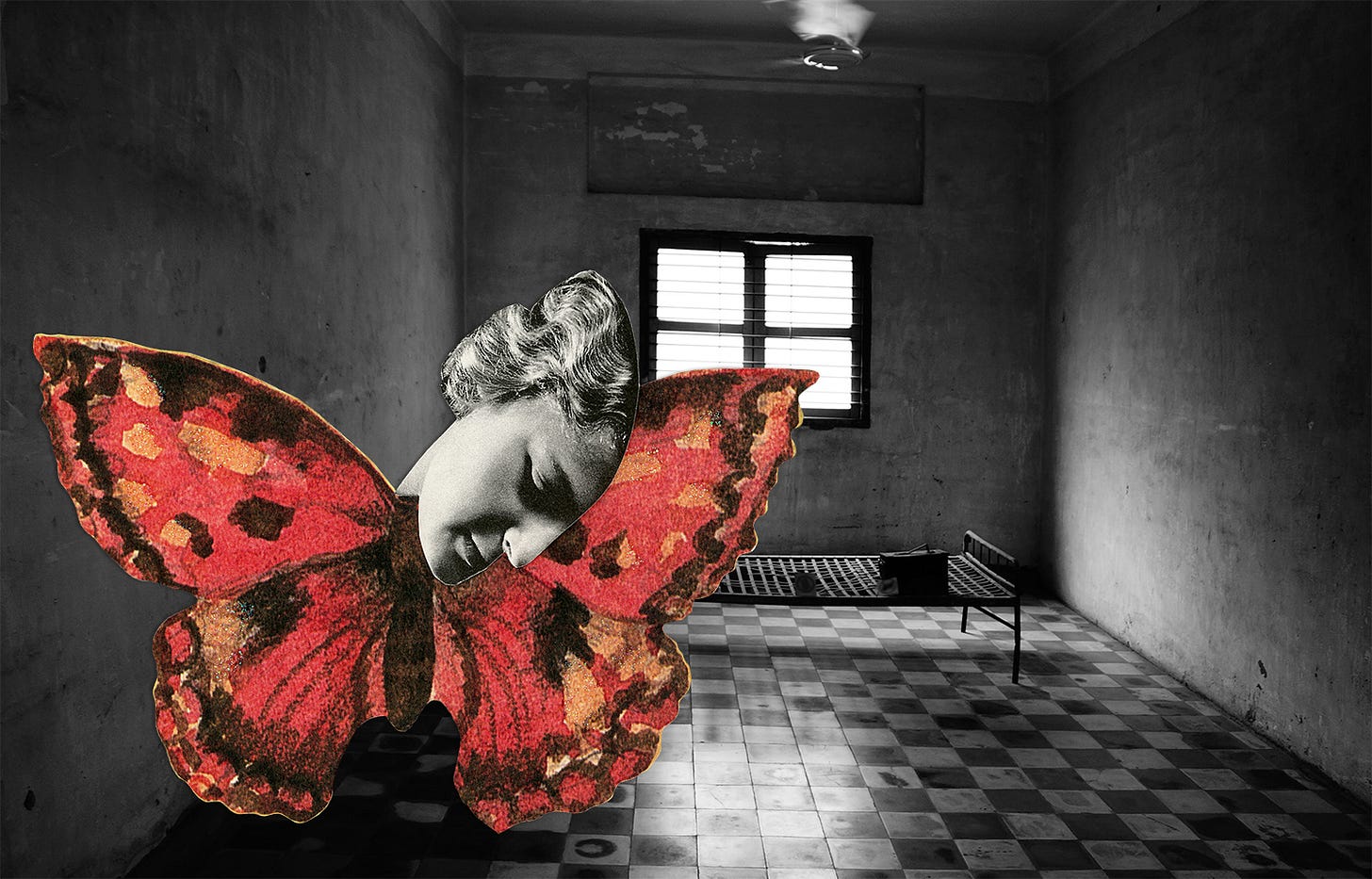The Search for Truth: Art as Illumination
Art, at its essence, is a search for truth—not the empirical kind that can be measured or cataloged, but something deeper, more elusive. It is a truth that slips between language and logic, resisting easy categorization. Art seeks to uncover what is hidden, to reveal what has been obscured, and to bring into focus what lingers at the periphery. At its most profound, art does not merely decorate or entertain; it illuminates.
Plato’s Allegory of the Cave speaks directly to this pursuit. In the story, prisoners are chained inside a cave, facing a wall where shadows dance, cast by unseen objects behind them. They mistake these shadows for reality because it’s all they have ever known. Only when one prisoner escapes and turns toward the light does he understand that the shadows were mere illusions and that a fuller, truer world exists beyond them. Art, like philosophy, is concerned with this turning. It compels us to question the shadows and seek the source of the light.
Every artist begins in the cave, shaped by inherited narratives and conditioned to accept certain perspectives as truth. Our first marks and early compositions are imitations of these shadows. But through practice—through relentless inquiry, doubt, destruction, and reconstruction—we start to sense something beyond what we have been given. We come to understand that the act of making is itself a way of seeing. Each brushstroke, sculpted form, or collaged image is a movement toward something more real.
Yet the pursuit of truth in art is not about reaching a fixed conclusion. It is not a destination but a process, an excavation that never truly ends. The artist does not discover truth as one finds an object buried in the sand; rather, they reveal it through the act of searching. This is why the most compelling works of art do not offer answers but pose questions. They disturb, unsettle, and ultimately invite us to step closer and look again.
Art is also a language. But unlike words, which aim to define and clarify, artistic language embraces ambiguity. A painting does not explain itself. A sculpture does not dictate how it must be understood. Instead, they ask us to engage, to experience, to participate in the act of meaning-making. In this way, art is not merely an individual’s search for truth; it is an offering, an open-ended conversation with those who encounter it.
There is, of course, no guarantee that any of us will ever fully emerge from the cave. But perhaps that isn’t the point. Perhaps the goal is not to reach the light at all, but to keep moving toward it—to create, to keep looking, to remain unsatisfied with the given, and to resist the comfort of certainty. In the end, what matters is not that we arrive at some ultimate truth, but that we never stop searching.





